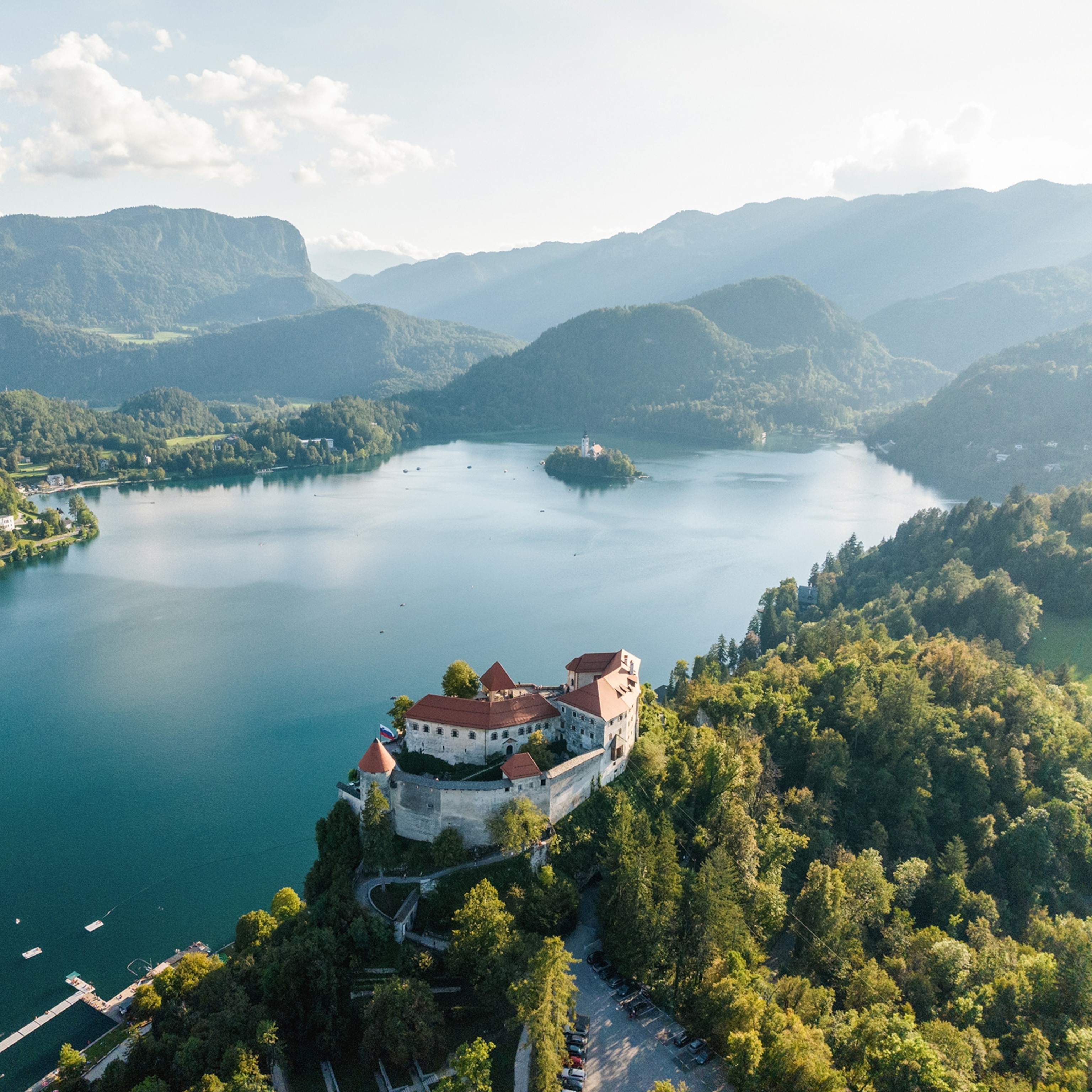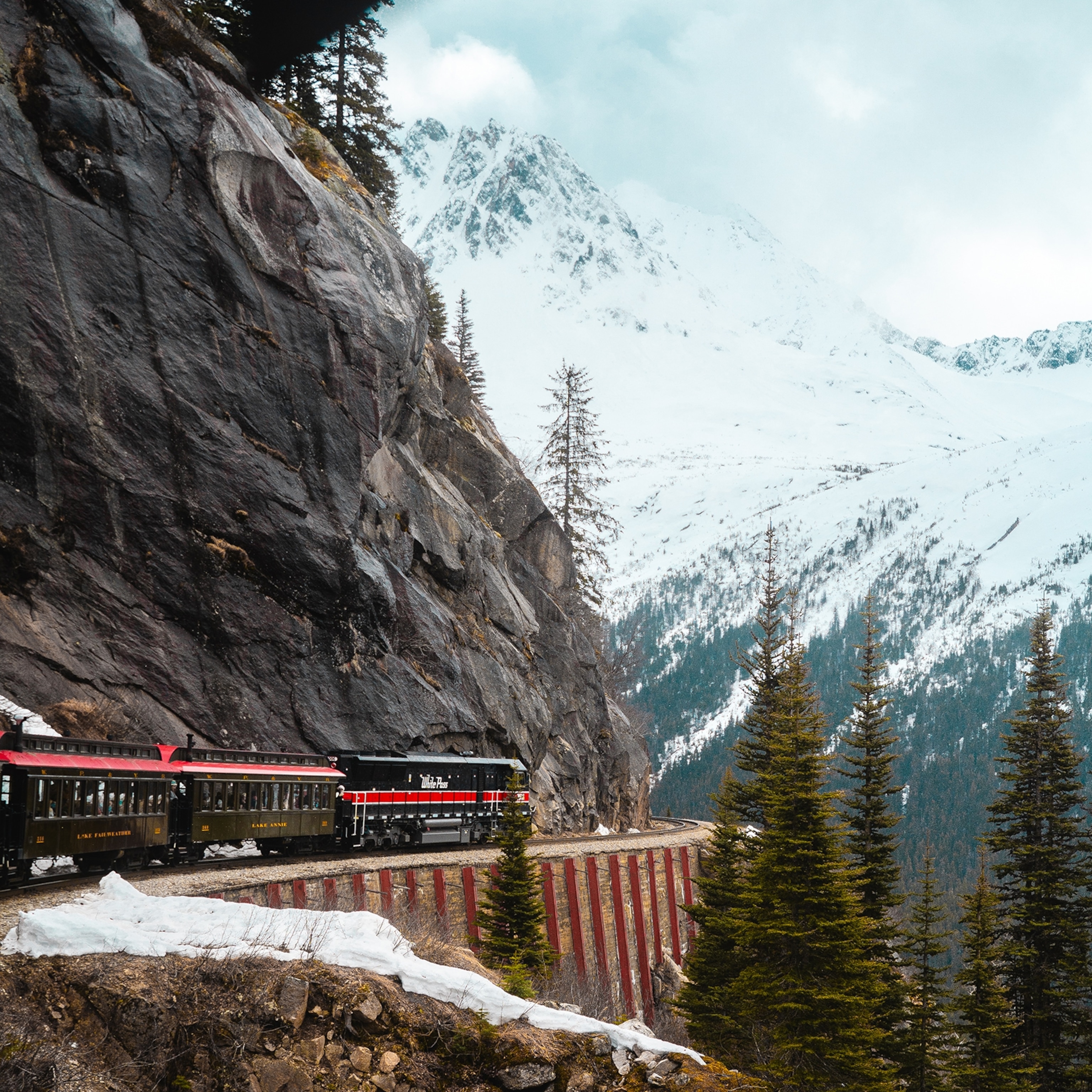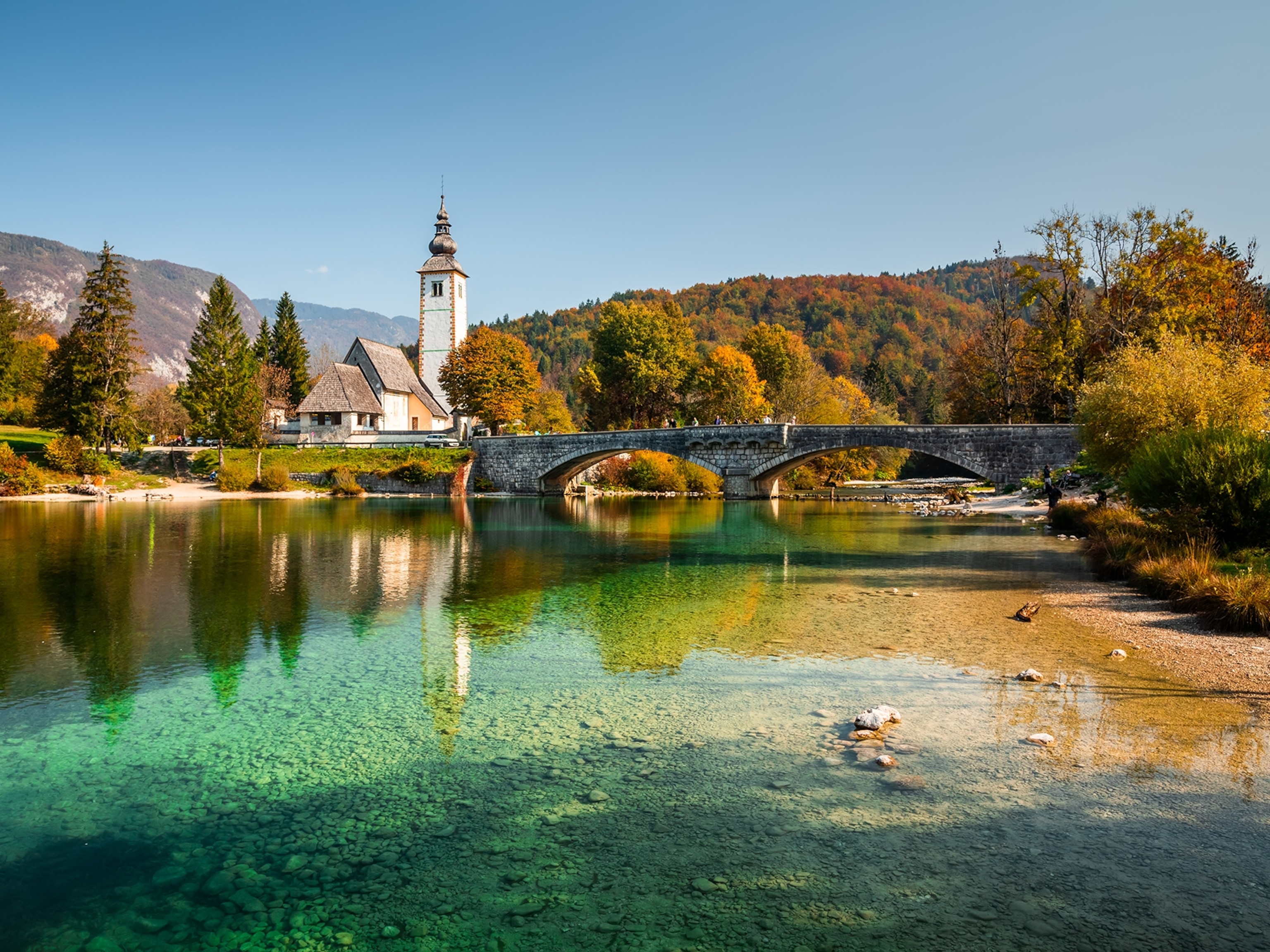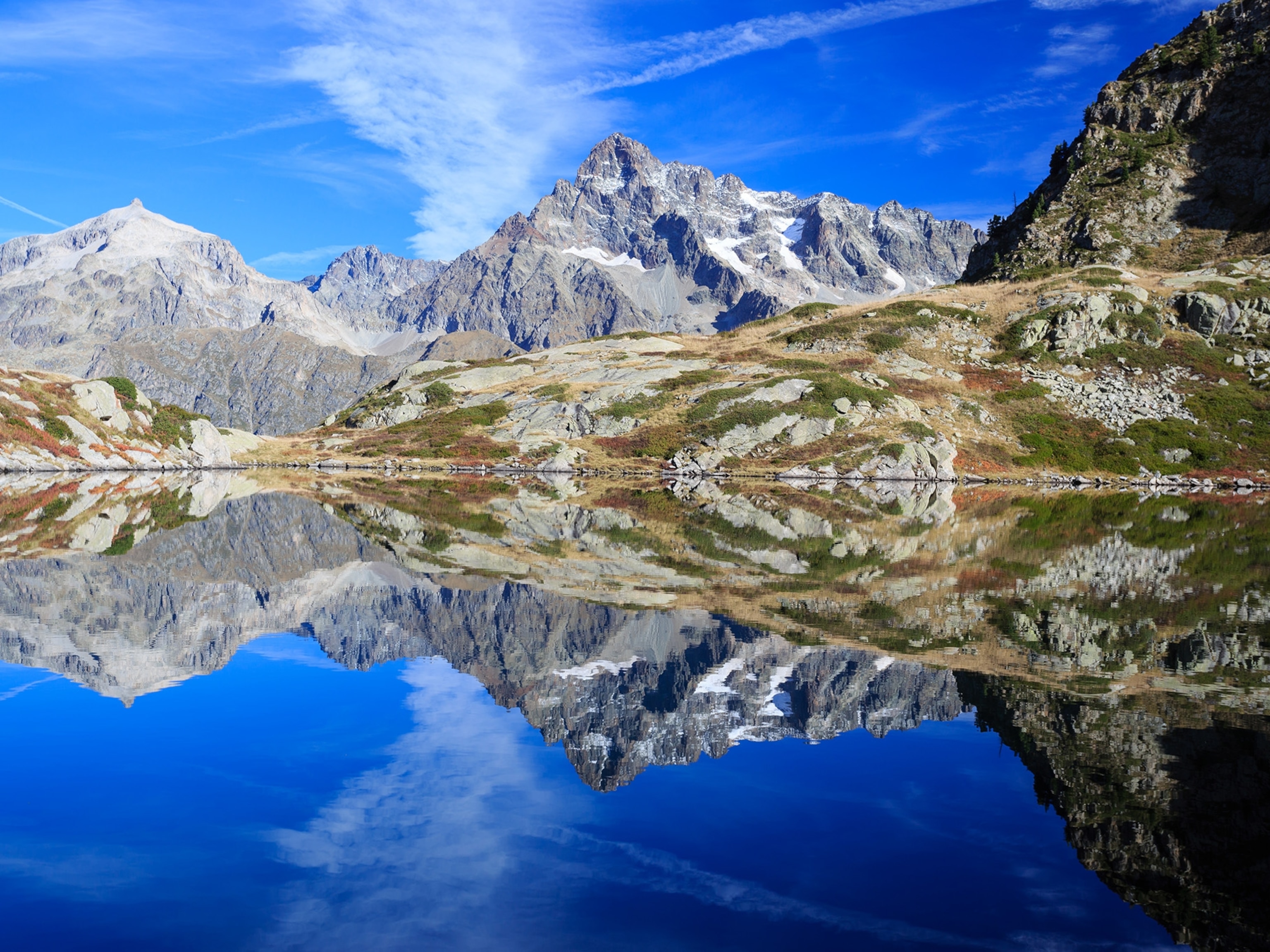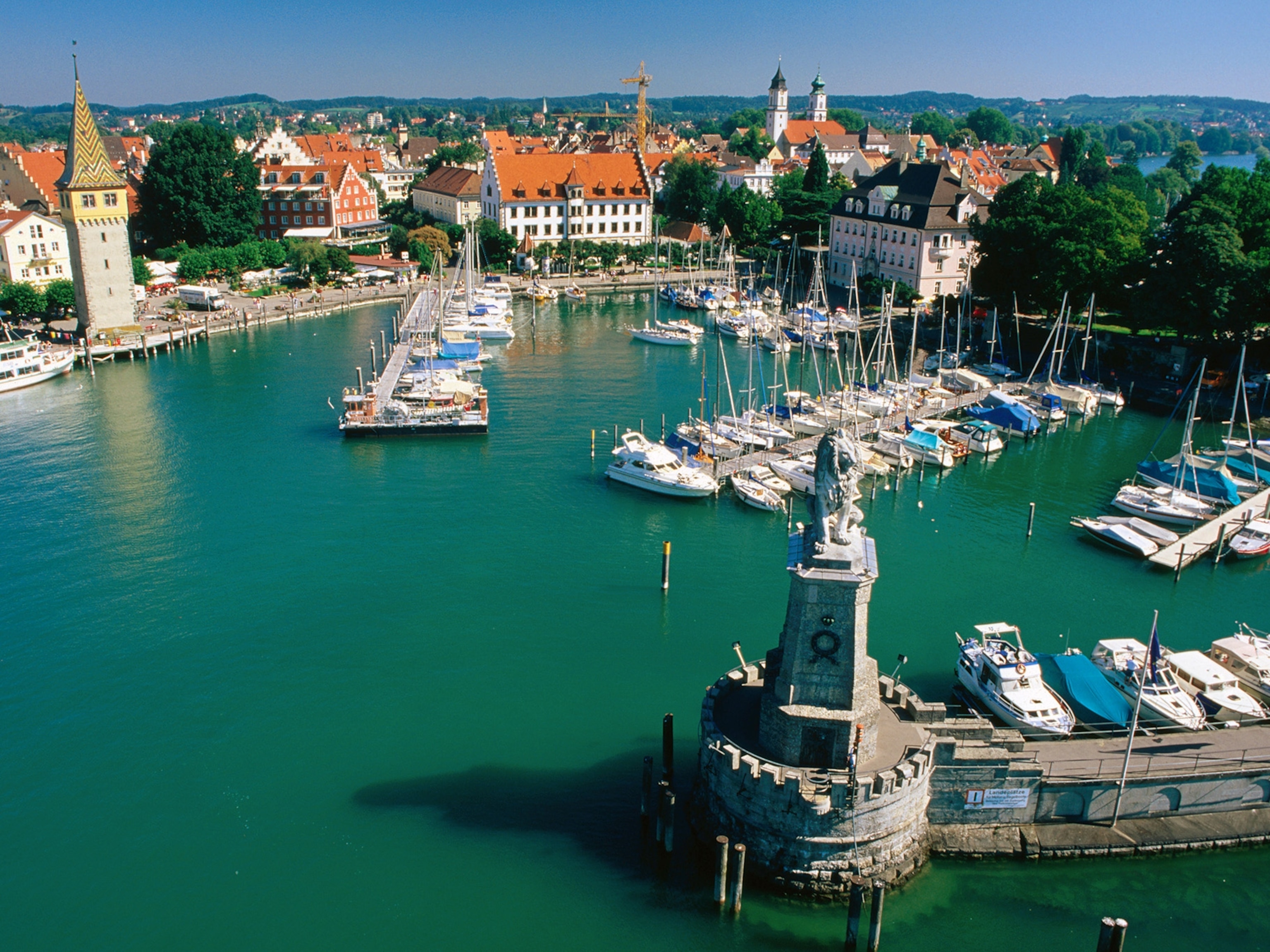Slovenia's nourishing waters
Slovenia is a country defined by water, with more than 60 rivers and streams, 300 artificial and natural lakes, and 7,500 freshwater springs - each of which is packed with minerals and nutrients.
While it’s often talked of as one of Europe’s hidden treasures, people have been coming to Slovenia for generations to bathe, swim, and drink its rejuvenating waters, which have different health benefits depending on where in the country you go. But what is it about the landscape here that makes the water so special?
“Despite its small surface area, Slovenia is extremely geomorphologically diverse,” says Borut Mavrič, a marine biologist and ecologist at the National Institute of Biology in Ljubljana.
“We have high, steep Alpine regions, low, flat Pannonian plains, unique Karst areas and well-developed underground systems; each of these influences the waters and wildlife you find here.”
Biodiversity and salt-pools on Slovenia’s coast
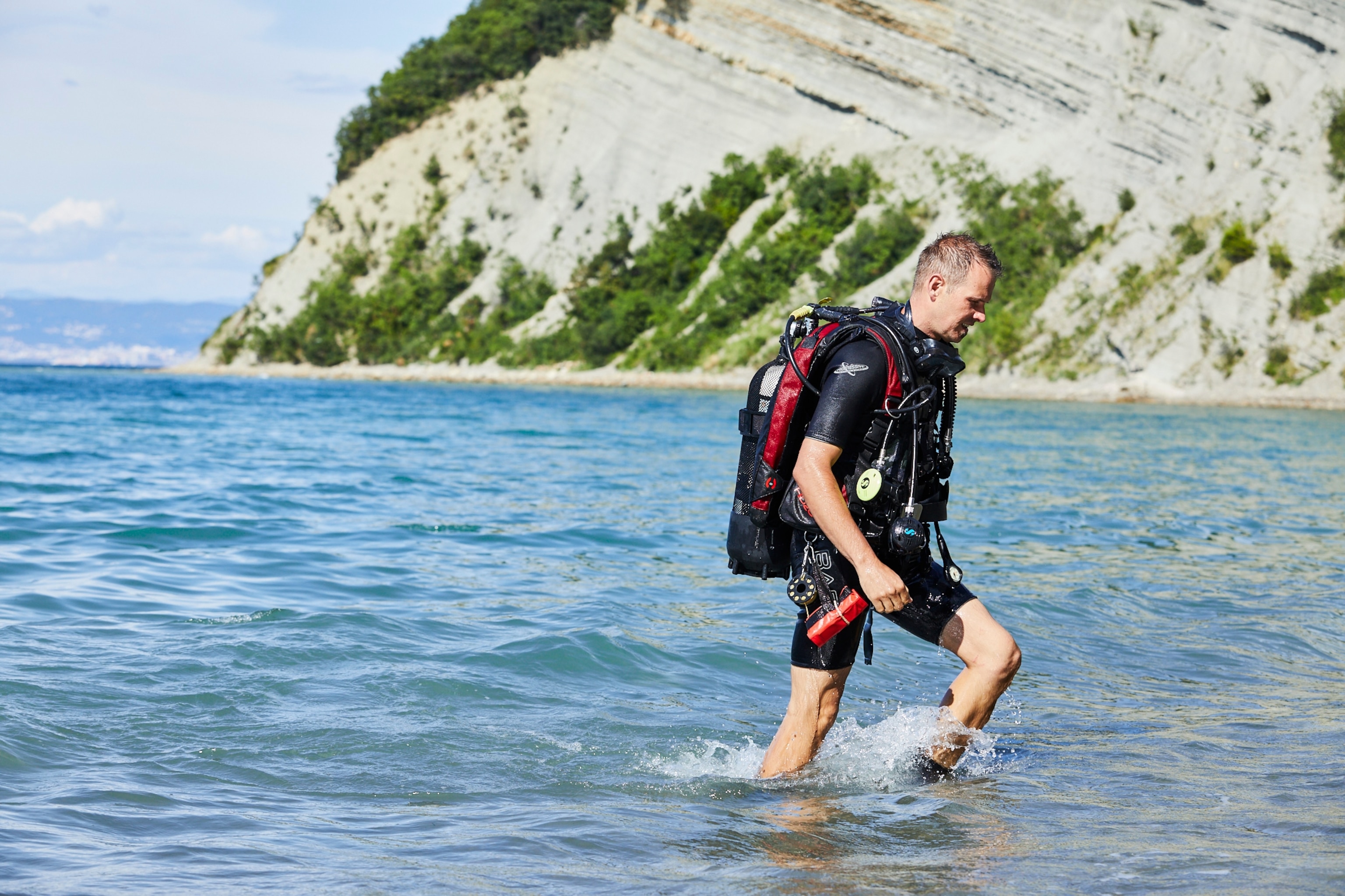
Mavrič’s specialism in marine biology is something that stems from childhood holidays on Slovenia’s west coast. “I spent most of my summer holidays on the sea. For me this meant being out in the water, snorkeling and free-diving – observing the underwater world. When I got home, I’d find myself reliving these memories and dreaming about the next summer – when I could be back there. This definitely influenced my decision to become a marine biologist.”
Mavrič believes that specific conditions in this part of Slovenia have resulted in its strong microbiological make-up: “On the west coast we have these lively Alpine Rivers flowing down the mountains, meeting the Adriatic Sea; these bring in nutrients – minerals – that support high biodiversity.”
Just a stone’s throw from the coast, at Sečovlje Salina Nature Park, you’ll find salt pans and briny pools laid out under enormous skies, where Slovenians have been harvesting salt for thousands of years. This, too, is rich in biodiversity – the salt pans are home to nearly 300 species of birds.
“In autumn this area comes alive with plants called halophytes, which turn red after absorbing nitrogen from the soil – it’s spectacular,” continues Mavrič. The mud here is good for us too – being full of alkaline sulphides and other substances, which are said to benefit skin conditions, joint pain and other ailments.
At Talaso Strunjan, about 15 minutes’ drive away, there are various spa treatments on offer, many of which involve expert therapists wrapping you in mineral-packed mud taken locally from nearby pools. “Putting it on, feeling how it works on the skin… it’s amazing,” says Mavrič.
Active adventure and mental relaxation on the lakes
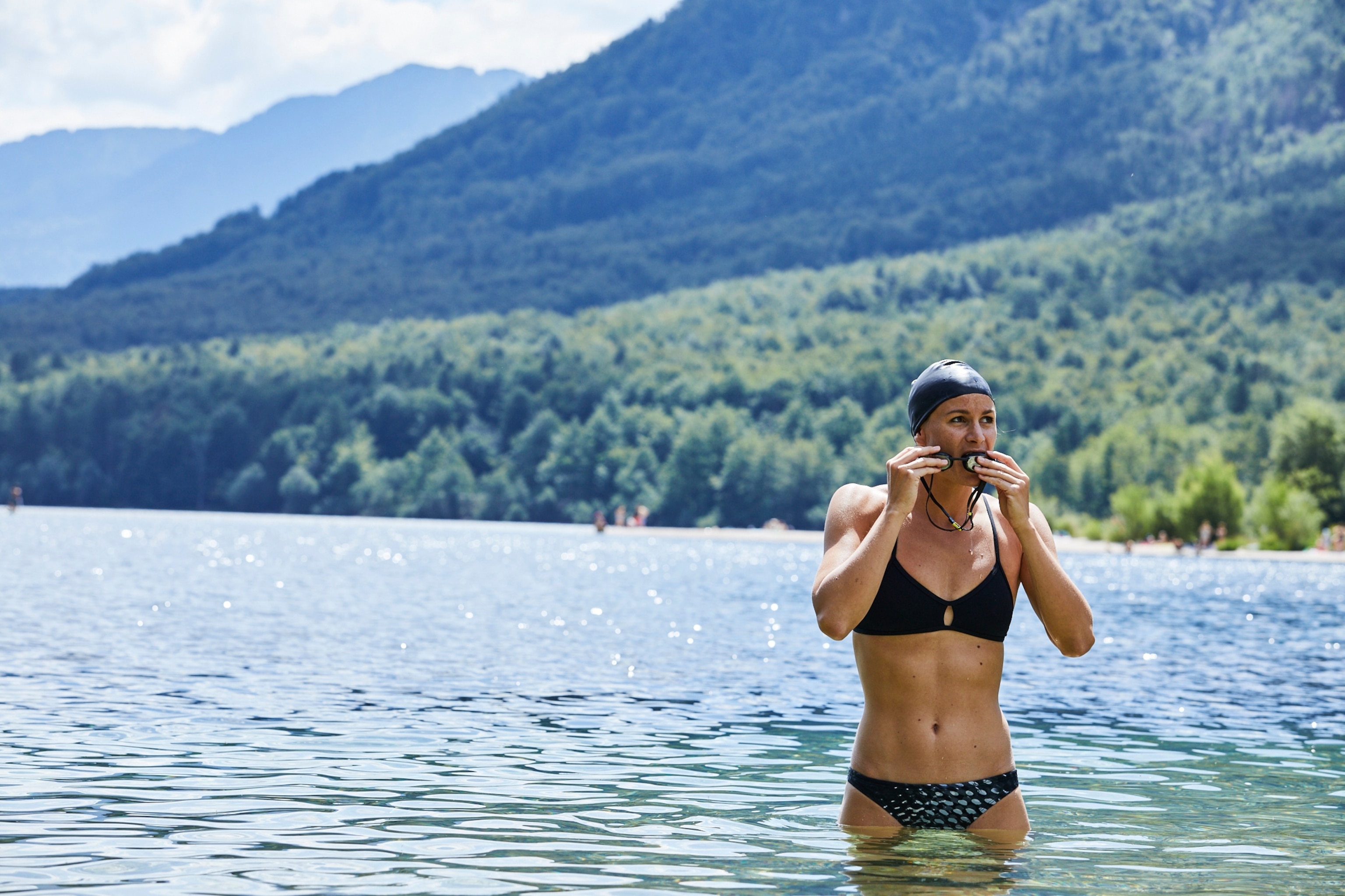
Heading east, away from the coast you come to some of Slovenia’s most famous lakes, including Lake Bohinj – which is a favourite spot for Olympic medal-winning swimmer, Sara Isaković.
“Lake Bohinj is really special,” she says. “It’s the biggest permanent lake in Slovenia, and it’s also a lot quieter than the other lakes.” Isaković loves to come paddleboarding here, where she can head out on the water and escape the everyday world. “This beautiful nature is only an hour away from our busy city, Ljubljana, so that makes it extra special.
Isaković’s relationship with water goes a little deeper than most Slovenians. Until recently she was a member of the national swim team – winning a silver medal at the Beijing Games and representing her country at London 2012; Isaković now works as a mental wellbeing coach.
“Ever since I was two-and-a half, I started swimming – and immediately developed my love for the water. When I was a little girl, I used to pretend I was a mermaid and I guess I still do sometimes... For me it’s the most meditative place I can be; I can shut off my mind and listen to the bubbles as I’m inhaling and exhaling, just gliding…”
As someone professionally interested in mindfulness, Isaković appreciates the benefits that water has on our mental health. “In my opinion, water has a really positive effect on your mental wellbeing – a meditative effect. Whether you’re listening to it or observing it, it encourages you to be really mindful, just looking at the way it moves – whether it’s a river or a waterfall. In that sense it’s very healing.
Mineral-rich thermal waters
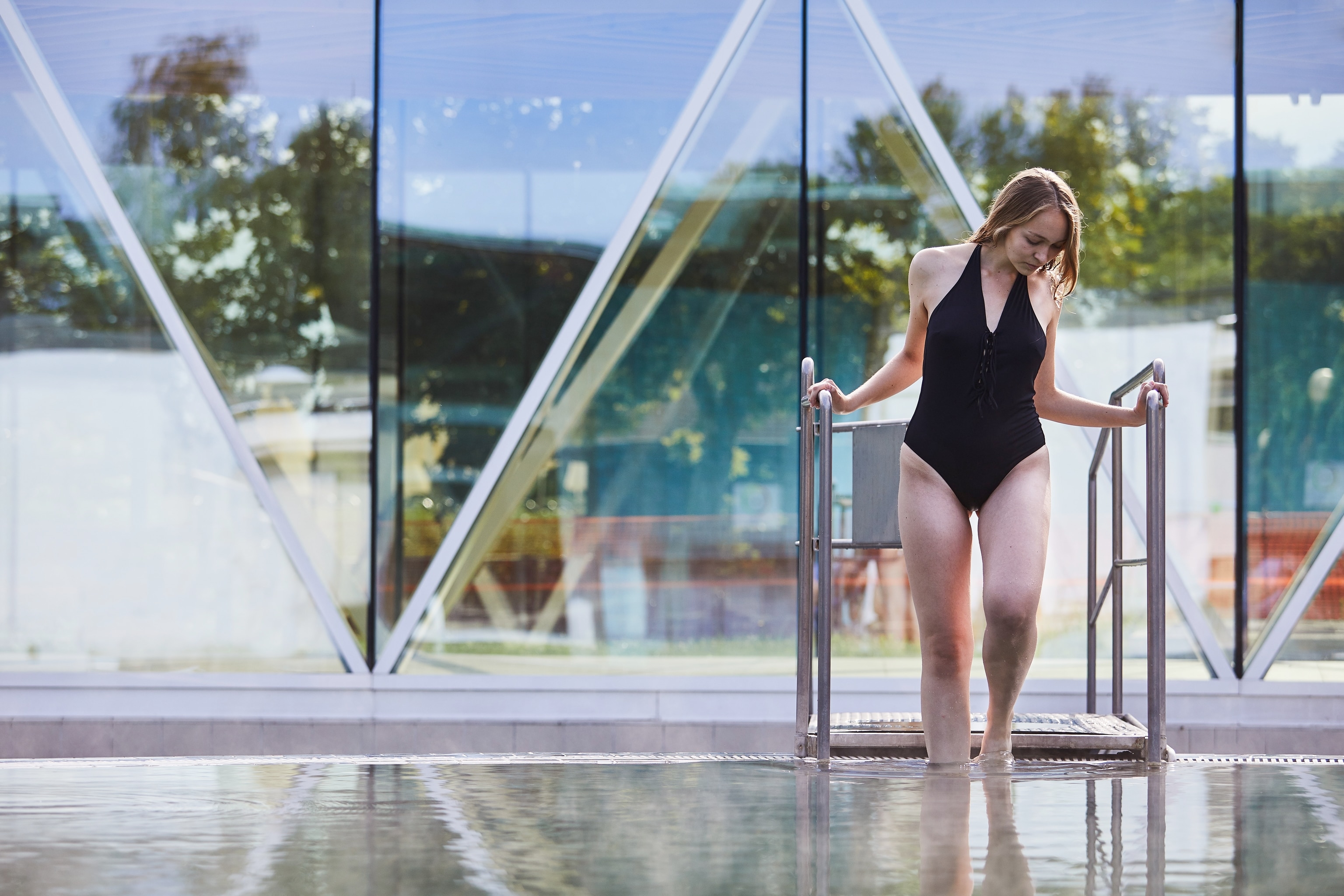
Aside from biodiversity and mental wellbeing, Slovenia is home to numerous natural thermal springs. “Each spa has a unique spring of thermal mineral water, with its own distinct properties,” says Dr Tanja Rauter Pungartnik, Rehabilitation Manager of Health and Wellness with Sava Resorts.
“At Radenci for example – in the north-east of the country – the water has the highest concentration of CO2 in Europe, which can help alleviate health issues like poor blood circulation. Meanwhile in Moravske Toplice – over in the east – the water is called ‘black gold’ due to its distinctive dark coloring. It originates from springs that are 967 to 1,467 meters (3,172 to 4,812 feet) underground, in the Mura-Zala basin –is naturally heated and packed with minerals that are said to improve circulation, reduce swelling in your joints and strengthen your immune system.”
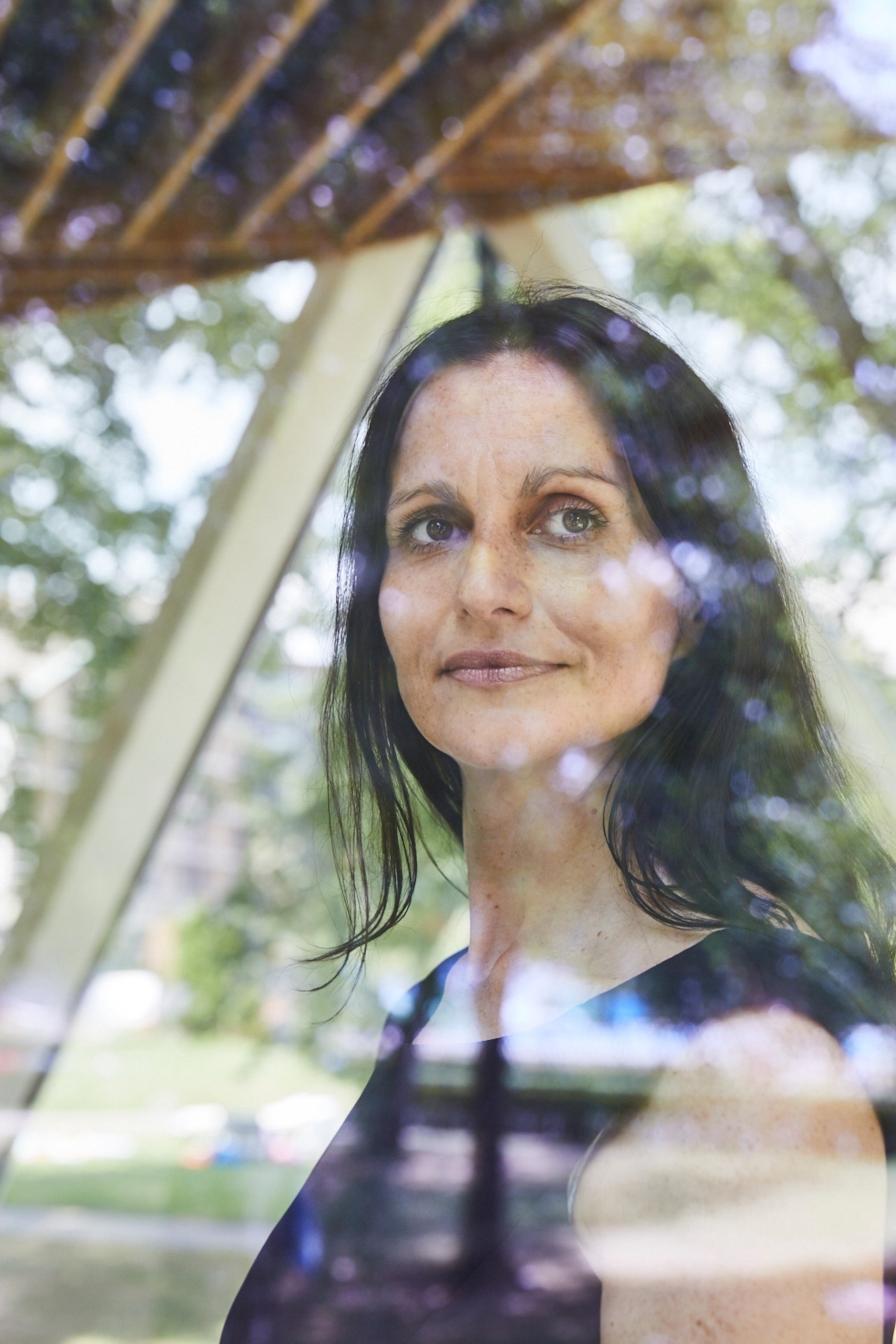
Rauter Pungartnik’s professional interest in Slovenia’s thermal waters stems from a deep-routed passion that began in childhood: “Since I was a little girl I dreamed about becoming a doctor. We lived near a health spa and that was a great inspiration for me. Helping people in any way is the greatest feeling in the world. Seeing patients leaving with lesser or no pain or better health is priceless,” she says. “When patients come to see me I prescribe a program of treatments, based on their needs. In the morning they might bathe in the water, and in the afternoon they can have mud treatments.”
Drinking to your health… Slovenia’s abundant springs
You don’t have to get wet to benefit from Slovenia’s healthy waters. With more than 7,500 springs dotted around the country, you’re never far from a natural water source.
In the mountains surrounding the Soča Valley, water emerges fresh from the mountains, where it spends years being filtered through multiple layers of rock. Head out on one of dozens of hiking trails that thread their way through this area, and you can fill your drinking bottle straight from the source.
Meanwhile, in the capital city, Ljubljana, there’s a drinking fountain on almost every street corner, and – the fresh-flowing water here is packed with minerals – making it easy to join in with Slovenia’s drive towards encouraging reusable water-bottles.
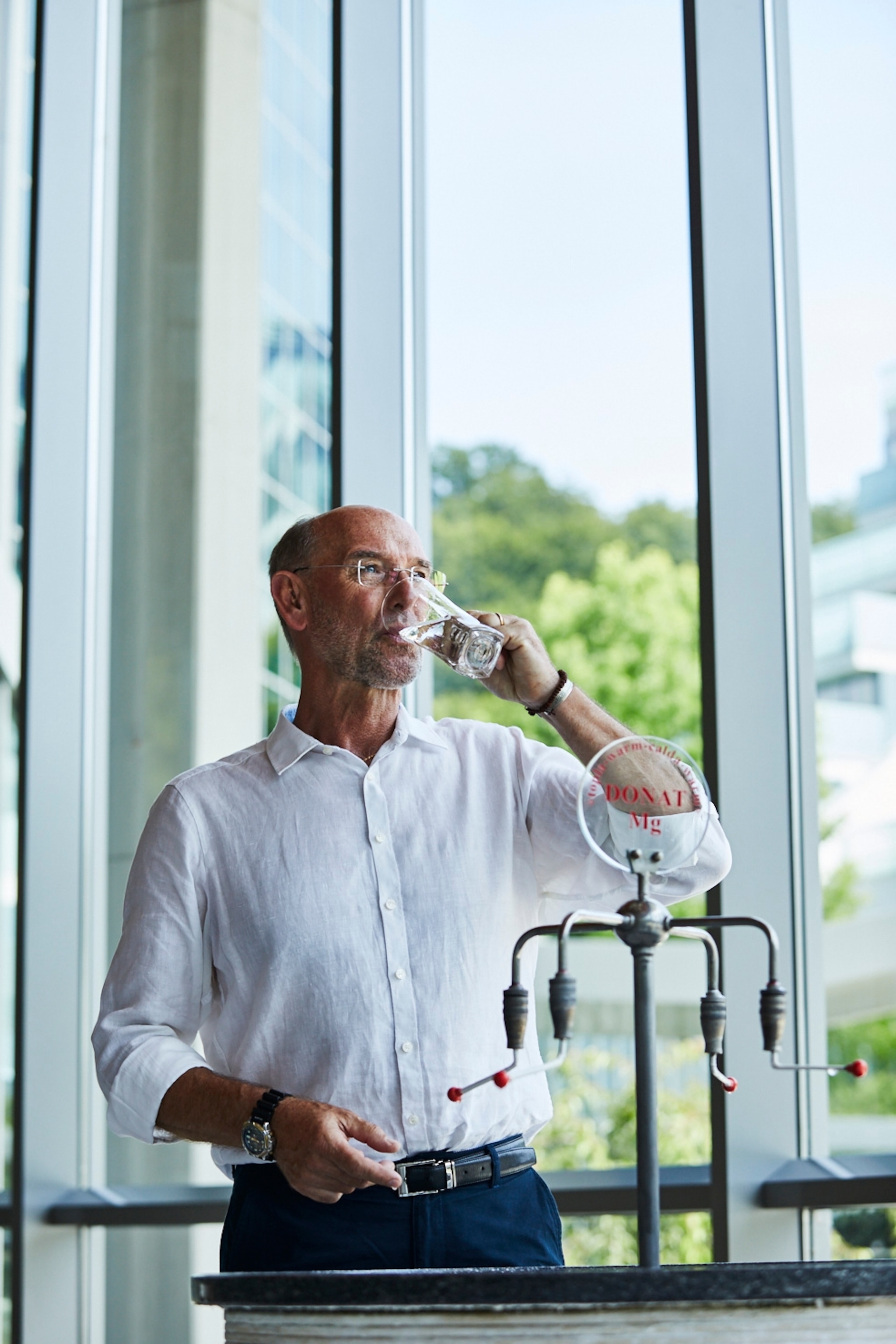
At Rogaška Slatina, about 90 minutes’ drive from Ljubljana, the water is known as Donat Mg and does more than just quench your thirst. “Donat Mg has the highest natural concentration of magnesium in the world,” says Iztok Altbauer Director of the Slovenian Spa Association. “No other water has more than 1,040 mg of magnesium per liter; it is one of the ingredients that is said to improve digestion and bring a wide variety of other health benefits,” explains Altbauer. “People have been coming here for centuries to drink these mineral waters. In fact Donat Mg is so good for you that in Austria it’s sold over the counter in pharmacies.”
However you choose to experience Slovenia’s waters – whether you’re drinking them or dipping beneath the surface – one thing’s for certain: this is a place that nurtures you – mind, body and soul.
